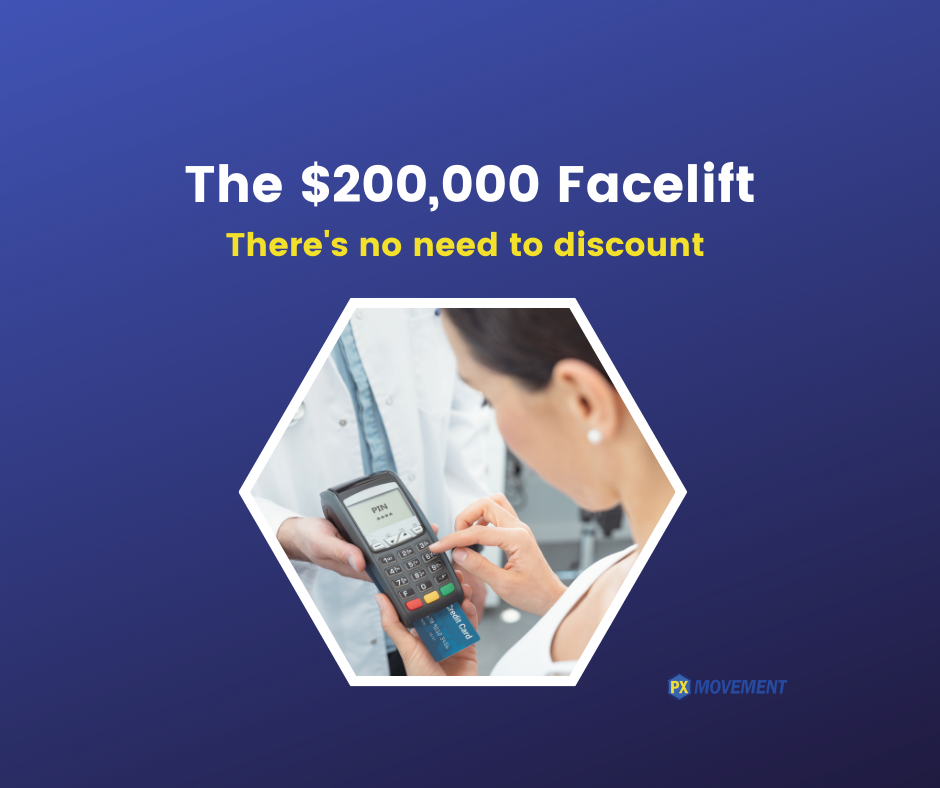Premium Pricing
I’ve long been a proponent of premium pricing for elective procedures, with a premium experience to match. The idea is to make the service and overall experience so good that the price is irrelevant.
Inflation is on the rise. That doesn’t explain the $200,000 facelift fees being charged by some plastic surgeons. This is, to quote a line from the recent article in the New York Times, “next level” in terms of pricing.
Clearly, some surgeons are able to command these fees, while others believe this is unconscionable. I don’t have a position on this, except to say that it does illustrate the economic principle known as inelasticity of demand. The concept is typically used to help doctors understand that lowering fees (i.e. discounting) doesn’t typically lead to an increase in demand.
Plastic Surgery Boom
The pandemic caused a “zoom boom” in plastic surgery, where demand has increased. Some of the surgeons at the ultra-high-end of the pricing range indicate they are booked out for months. From a price-demand standpoint, higher fees seem to be associated with an increase in demand. Indeed, demand for elective medicine tends to behave similarly to luxury goods. Broadly speaking, more expensive goods tend to be viewed as higher quality. Increasing the unit price tends to increase rather than hurt demand.
What Medical Practices Can Learn
In the end, the lesson here may simply be that your patients aren’t focused on price as much as you think. Yes, it’s an important consideration for most consumers. However, it’s not the top consideration except for people who only buy on price. And that isn’t the type of customer that a practice devoted to patient experience wants to attract.
P.S. What’s your equivalent offering to the $200,000 facelift? Try to create a package around the procedure in terms of technology and white-glove service that would make the experience worthwhile … at any price!

